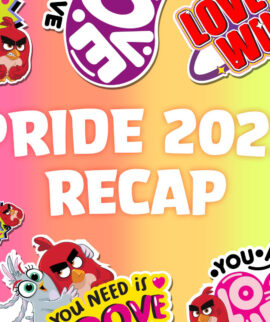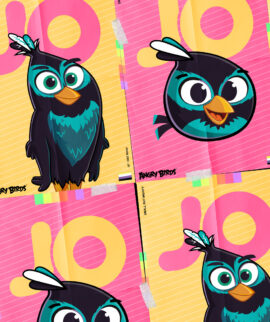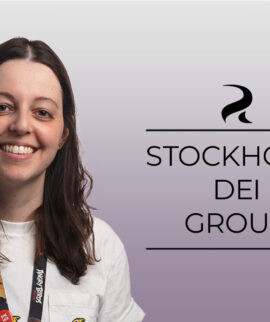
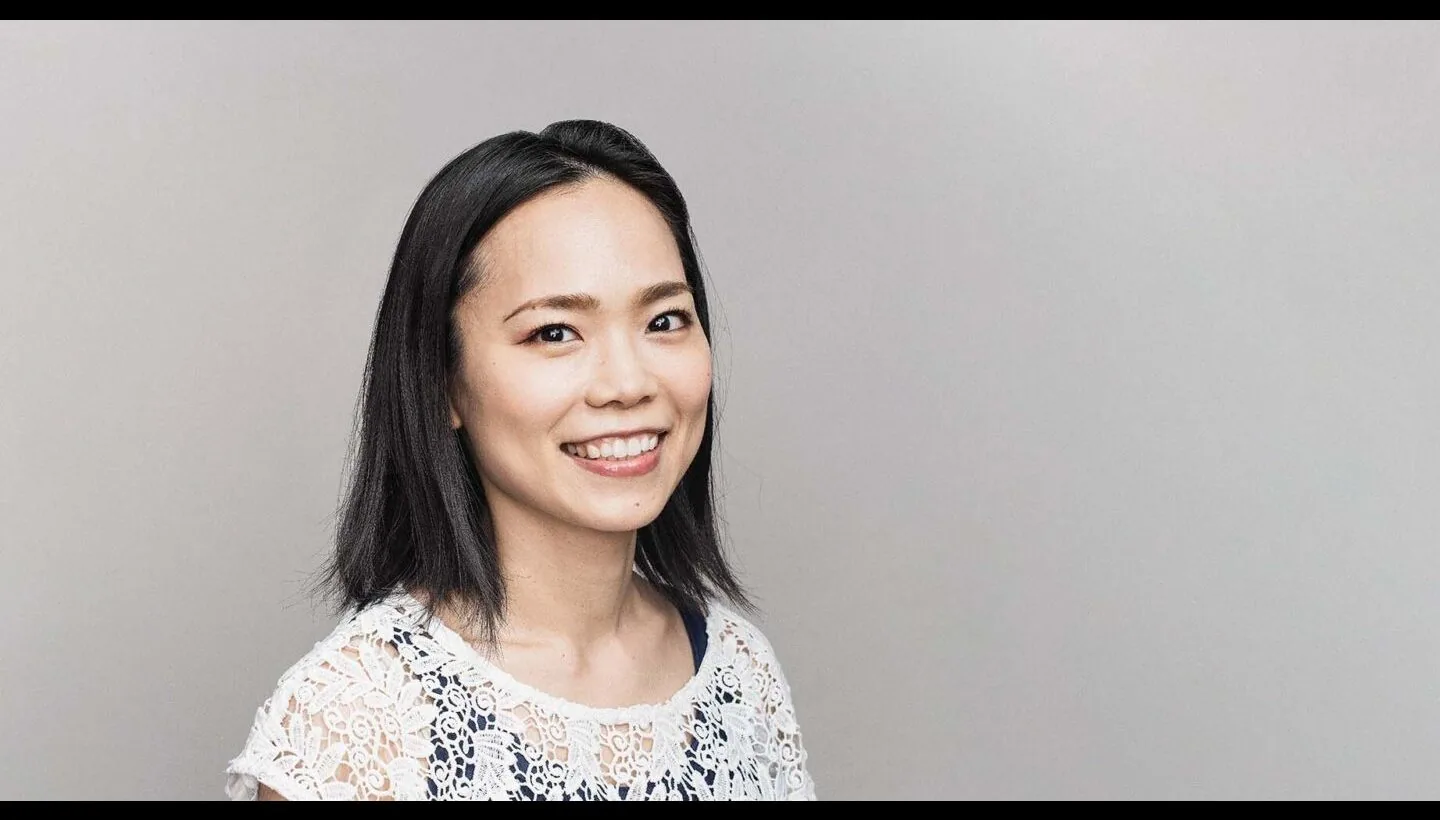
Rovio’s Head of Diversity, Equity & Inclusion looks back at five major initiatives we have taken to develop a diverse and inclusive workplace.
Written by: Yumi Oishi, Head of Diversity, Equity & Inclusion
From a very early age of my life, I’ve been seeking a sense of belonging. After spending eight years of my childhood abroad, I returned to Japan where one of the commonly quoted proverbs is “a nail that sticks out gets hammered down”. The same feeling of wanting to belong continued in my adulthood as a woman in the tech & games industry, where women are underrepresented, an introvert in an American company that values extroversion, and an immigrant in Finland, where there are not many people that look like me.
That’s why being in my current role as the Head of Diversity, Equity, and Inclusion (DEI) is deeply personal to me. I genuinely believe that if we want to make the best games that resonate with our diverse player base, we need to have a workplace where all our employees’ unique voices are included and heard.
Looking back
Now that I’ve been in my role for a little over a year, below is a recap of the progress we’ve made so far. We’re still in the early stages, but my hope is that this information helps other organizations that wish to embark on their DEI journey or are at similar stages.
1. Understanding our current state through data
One of the very first steps was to get a better understanding of where we currently are. Since we don’t know what we don’t know, we started by conducting a robust DEI survey run by a third-party vendor to understand how different groups are experiencing the workplace. We then updated our in-house quarterly employee survey to mirror what was identified as ‘inclusion gaps’ in the DEI survey. The intent was to track progress regularly in a more lightweight manner. We also looked at disaggregated employee data to uncover patterns that may go unnoticed if we just look at the numbers as a whole.
Here is a high-level summary of what we’ve learned by looking at the data:
- The three areas that were identified as inclusion gaps were 1) Visible DEI Leadership (leaders demonstrating commitment to inclusion through words and action), 2) Equal Opportunity (equal opportunity to achieve career goals and promotion decisions are fair) and 3) Career Support (guidance and support in career development).
- We saw that different demographics experience the workplace differently. For instance, we saw that women and non-binary employees tend to give lower scores in our quarterly employee survey.
- We have 31% women employees across Rovio which is higher than the Finnish (22%) and Swedish (23%) games industry. When we sliced the data however, the representation was skewed. We saw that we have just 17% women in our main game development crafts: Technology, Art and Design. (Data as of end of Q2 2023)
The next step is to devise how to make the data accessible and digestible to more Rovians (without compromising employee privacy!) so it becomes actionable.
2. Upskilling ourselves
In addition to tapping into data, upskilling ourselves was a priority since DEI was not only a new concept in Rovio, but also in Finland. Last year, we rolled out sessions to learn about the basics of DEI, starting from the “top” (= Board, Leadership Team and Studio/Function Heads) followed by a separate session open to all employees. We then launched Inclusive Leadership Trainings for the “middle” (= supervisors, game leads, producers) on how to lead inclusively.
This year has been about building upon the foundation established last year by bringing more structure to how we do things. For instance, we collaborated closely with our HR colleagues to stay aligned (e.g. making sure HR and DEI trainings don’t overlap and we communicate about trainings together) and we piloted different modalities of learning beyond the traditional classroom trainings so it’s not just the usual suspects that join.
We’ve had over 580 participants across all DEI trainings we’ve offered so far. In the surveys*, 84% responded that the training helped them increase their understanding of the given topic and 85% responded that they are motivated to apply what they learned. Also, as Visible DEI Leadership was one of our ‘inclusion gaps’, continuing to activate the “top” and the “middle” has been pivotal. I’m happy to share that 40% of our executives have participated in 1on1 DEI coaching (= the “top”) and roughly 50% of all leaders have participated in the Inclusive Leadership Trainings (= “the middle”).
Scalability will become key next year. One part of this is offering asynchronous learning opportunities so more people can learn in their own time. Another part is about how to scale operations. There is a high volume of tasks when we roll out trainings and there will be more, given the Sustainability reporting regulations coming our way. This makes it important to have the right tools in place so we can reduce the operational work and scale what we do.
3. Empowering and harnessing the passion of Rovians
One thing I learned when I joined the games industry is how passionate people are. That passion extends to employees themselves playing an active role in making Rovio a diverse & inclusive place and we have employee groups doing just that. From signing a partnership with Mimmit Koodaa (Women Code) to organizing cultural awareness events, there have been a number of initiatives that are a result of employees going beyond their day-to-day job.
One example is a LEGO© Serious Play© Workshop we hosted in October. This full-day workshop was facilitated by our own employee bringing together 6 LGBTQIA+ Rovians and 5 C-level executives as a forum to create dialogue with one another. Another example is the Stockholm DEI Group which you can read about in Gabriela’s blog post.
Employees should also be supported to do the DEI work that they do. That’s why we hosted a Global DEI Working Group Summit bringing together Rovians who were actively driving DEI at the employee level. We celebrated what each group has achieved, discussed how we move forward and attended a Resilience Workshop together. (Resilience is a core skill when working on DEI as it often comes with an emotional toll.)
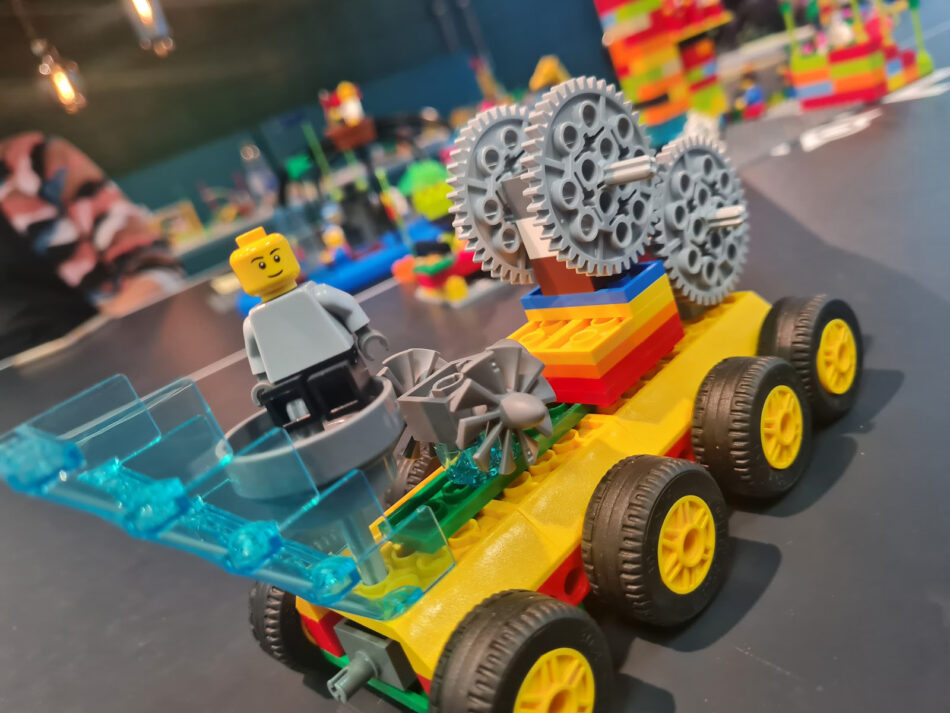
4. Joining 'Better Games Together'
With 11% of our employees identifying as LGBTQIA+ in our DEI survey, we knew that it’s one area that we wanted to focus on. This was the main driver to join Better Games Together, a partnership between multiple game companies in Finland to support the LGBTQIA+ community.
One thing I’ve learned about the Finnish games industry is how collaborative companies are across the industry. This is no different when it comes to LGBTQIA+ inclusion. From being a main partner of Helsinki Pride to organizing an event for LGBTQIA+ youth, it’s allowed us to do so much more by joining forces with our industry peers.
Being the one dedicated DEI practitioner at Rovio can be quite lonely, so having a group of peers that I can lean on that are all working towards a shared goal has also been immensely valuable.
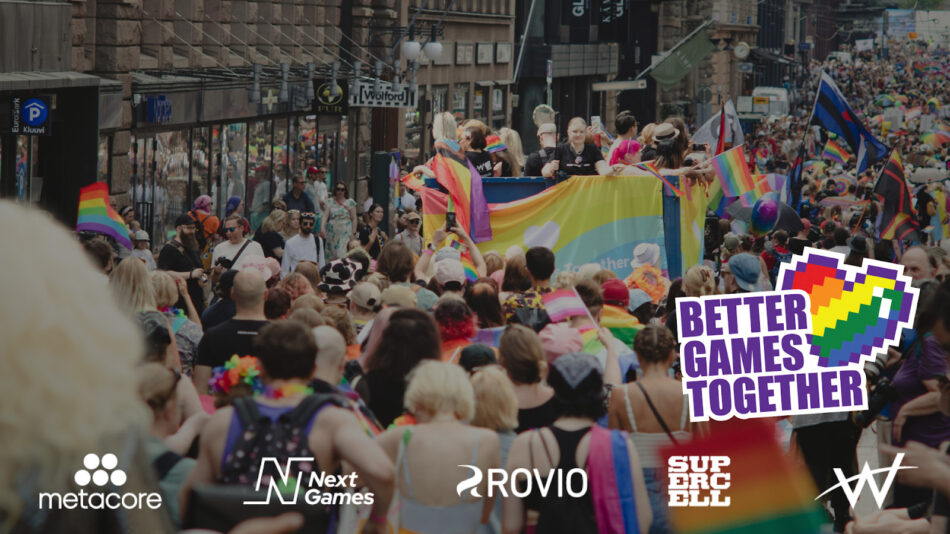
5. Learning about neurodiversity & neuroinclusion
In addition to gender & sexual minorities, another area that we wanted to focus on was neurodiversity. While it wasn’t an area that showed up prominently in our DEI survey (only 7% responded that they are neurodivergent**), many Rovians had reached out to me across multiple studios asking for support. Also, with some research estimating that 15% of the population are neurodivergent, our survey data wasn’t matching up with the estimates nor the volume of queries I was receiving from employees.
So far, we’ve rolled out a suite of neurodiversity trainings including an awareness webinar, workshops for leaders and workshops for teams with a total of 230+ attendees to date. We’ve made small improvements such as making it easier to order noise-canceling headphones and adding guidance to our company templates about neuroinclusive writing.
We believe some contributing factors for the 7% was the lack of psychological safety and awareness. Now that we’ve put several interventions in place, we will be paying close attention to next year’s DEI survey whether the percentage will change and whether more employees feel comfortable commenting about neurodiversity.
Looking forward
So what’s next? Other than what’s already mentioned above, the data and feedback show that there’s still plenty of work to do. One piece of feedback that stands out in particular is, “I haven’t been participating [because I’m part of the majority group], but it’s great we’re doing a lot!” While I’m happy to hear the positive sentiment, my ambition is that everyone participates. Only then can we truly achieve a diverse and inclusive workplace.
It’s exciting to think about how we can collaborate within SEGA now that we’re part of the SEGA group. As SEGA is headquartered in Japan, it takes me back to my roots and reminds me of that old proverb again. Instead of a nail being hammered down, I see an opportunity to introduce a new proverb where “a nail that sticks out gets to shine.”
*We started using consistent post-training survey templates midway through the year.
**Includes both diagnosed and self diagnosed
